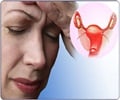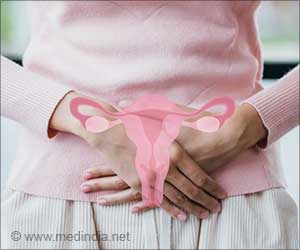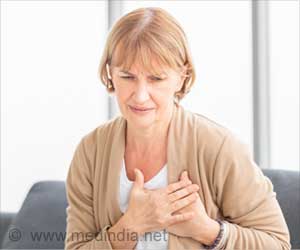New study results highlight the need for additional studies to better define the associations of menopause symptoms, such as hot flashes, with body composition and, specifically, with obesity and age-related loss of muscle mass and function.

Postmenopausal women are at a particularly increased risk of sarcopenia as a result of aging and sex hormone changes after menopause.
Other risk factors for sarcopenia are sedentary lifestyle, reduced protein intake, changes in growth hormone levels, and increased inflammation.
However, the association between sarcopenia and various menopause symptoms is poorly known till now. Hot flashes are one of the most common and troublesome menopause symptoms that causes red, flushed face and sweating.
Hot flashes are also associated with several chronic disorders, including obesity, insulin resistance, metabolic syndrome, osteoporosis, and cardiovascular disease.
Concerning obesity, previous hot flash studies have focused on the relationship between body mass index and waist circumference.
Advertisement
In this new study involving nearly 300 Korean women aged 40 to 65 years, researchers specifically investigated the association between menopause symptoms, including hot flashes, and body composition indices measured by abdominal computed tomography and the prevalence of sarcopenia.
Advertisement
This issue is given importance because older women with sarcopenia are at an increased risk of reduced mobility, diminished quality of life, heart disease, and fall-related injuries.
Further longitudinal studies should be considered to further define the relationships between hot flashes, skeletal muscle indices, fat and muscle distribution, and sarcopenia, as well as the potential underlying mechanisms.
Source-Medindia









